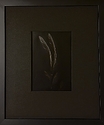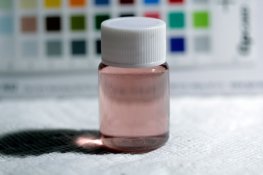While this thread died almost 4 years ago, I was another guy who decided to learn to appreciate Rodinal and stumbled on the formula from Digital Truth. Before you start asking why I have not bought one, none of the half-liter bottles of commercial concentrates in the neighborhood shops inspired confidence in me, and they just refuse to package it in baby bottles. So, I decided to make one myself. As I made a small scale prep, my mistake was obvious, since I first got clear and colorless solution, while it was at 50 C or so, but overnight a truckload of clear needle-like crystals formed on the bottom of the bottle. Since the idea of the true Rodinal is quite clear (production of p-aminophenol phenolate in saturating amount of sulfite), I checked the ratios of the DT formula components and clearly quite some NaOH was missing. When I added it, the crystals dissolved and I got a pale lavender colored solution, which developed FP4 at 1:19 dilution for 40 minutes very well. So, I am wondering how it got there in the first place, while on this forum there is the so-called Wolfen formula. which is likely the original, possibly only missing some minor components..The problem is, at the concentrations used in it, you cannot make it starting with p-aminophenol hydrochloride, and p-aminophenol is a relatively unstable compound, so I suspect that the commercial vendors use freshly prepared p-aminophenol to mix the developer. One needs the original reference how to prepare p-aminophenol base from hydrochloride, then you suspend it in commercial 45% potassium sulfite and then carefully neutralize with 50% KOH until nearly all of the pellet dissolves and there you go. Any ideas/comments?












